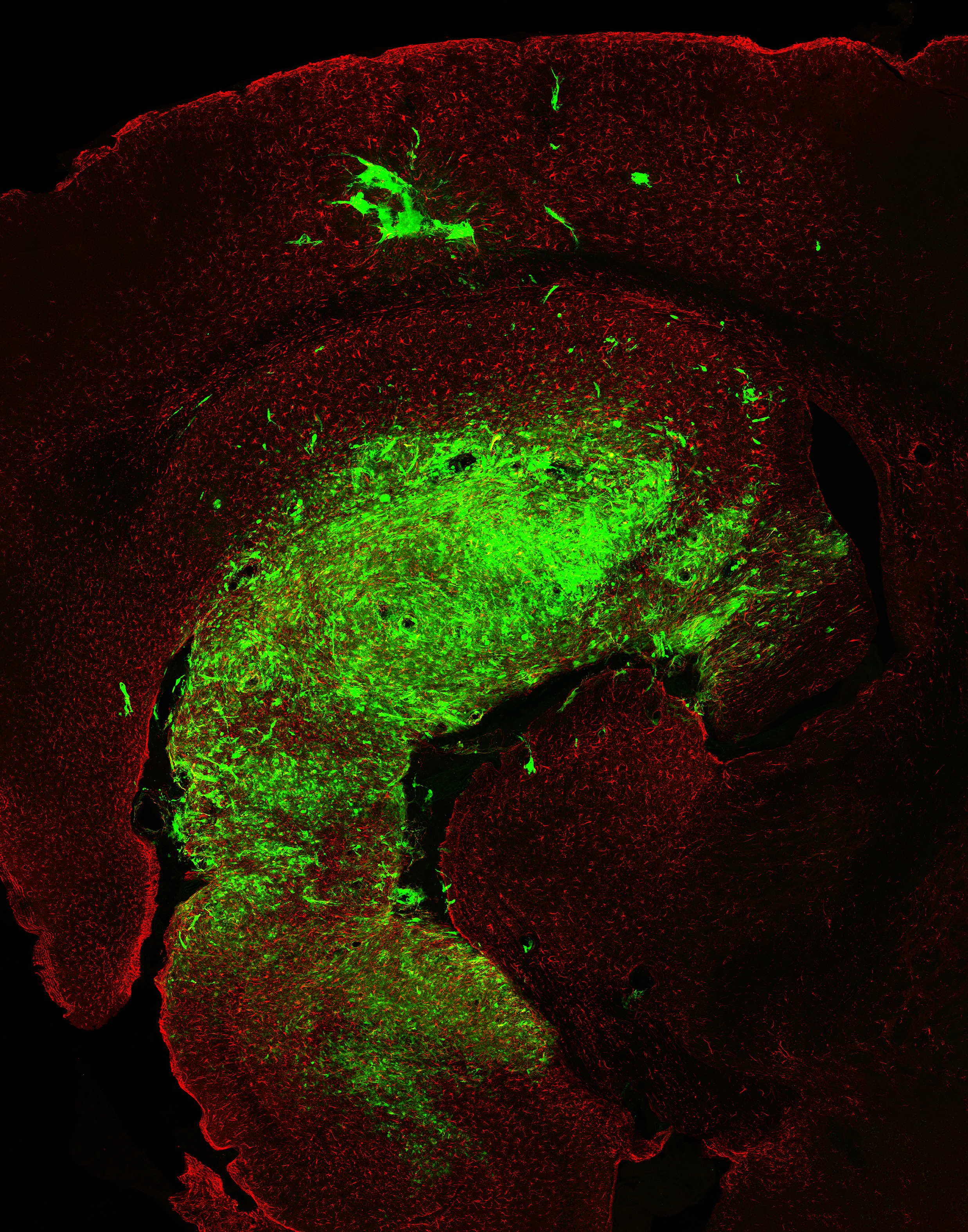When you buy through radio link on our web site , we may earn an affiliate commission . Here ’s how it works .
Leukemia is no longer the No . 1 causa of cancer deaths in children , but genius Crab has taken it ’s position , accord to a newfangled report .
All pediatriccancer death rateshave been leave out since the mid-1970s , fit in to the report released today ( Sept. 16 ) from the National Center for Health Statistics . The report detail variety in Crab dying rates among children and adolescent eld 1 to 19 , from 1999 to 2014 .

" The shift from cancer of the blood tobrain canceras the leading site of cancer death is a noteworthy development in the history of childhood malignant neoplastic disease as it was always leukemia until quite lately , " said lead author Sally Curtin , demographer and actuary at the NCHS , which is part of the Centers for Disease Control and Prevention ( CDC ) , in an e-mail consultation with Live Science . [ Top 10 Cancer - Fighting food ]
There were still 1,785 Crab demise in youngster and adolescent in 2014 , Curtin said . brainpower Crab andleukemiaaccounted for more than half of those .
In 1999 , six out of 20 cancer deaths among children were due to leucaemia , and about five in 20 were due to wit cancer , accord to the numbers in the report . By 2014 , those numbers had overthrow .

" Major therapeutic advances " in the treatment of cancers , particularly leukemia , has in all likelihood ensue in theincreases in survivorship , the researchers write in their report .
Overall , the Crab expiry pace for children and teens dropped 20 percent over the 15 years include in the bailiwick . Among females , the overall Cancer the Crab death rate sink 22 percent . Among males , it cut down 18 percent .
Throughout the study period , the pace of malignant neoplastic disease deaths among male person outpace that of females , according to the story .

" The leukemia specialiser have done a really great job of stratifying these patients to give them appropriate therapy free-base on whether they feel their tumors are more strong-growing or not , " saidDr . Peter Manley , pediatric neuro - oncologist at theDana - Farber / Boston Children ’s Cancer and Blood Disorders Center , who was not ask in the new account .
But survival of rates among tyke with brain tumors has not change much , Manley said .
Still , the survival rates tie in to sealed subtypes of brainpower tumors , such as gloomy - gradegliomas , are improving and that current research is very promising , he say . " There ’s some really interesting data that ’s coming out , " Manley pronounce .

young enquiry on brain cancer is concentrate on Crab genomics , and on using molecular depth psychology and genome sequencing to learn what get the tumour abnormal and what causes them to grow , he said . investigator have also been grow drugs that target the molecules involved incancer emergence and spread .
" The information coming from this [ research ] is so impressive that my feeling is that we will continue to see a declination in deaths , " Manley order Live Science .
paediatric cancer does n’t receive nearly as much national backing as adult cancers , he note .

" Overall , the crucial thing to take from this [ study ] is that , across the board , there aresignificantly [ few ] cancer deathsjust in the last 15 years , " Manley articulate . " So the Bob Hope is , in the next 15 years , we ’ll continue to see that decline . "
Original clause onLive skill .














